
views
Learning About the Procedure and Choosing a Provider

Know what to expect during the treatment. The procedure will start with the doctor using a deep cleaning gel or foam to remove any make up, dust, or natural oils from your skin. A device will be applied to your face to abrade the uppermost layer of skin, i.e. rubbing it away via friction. This takes 30 – 40 minutes for the face and about 20 minutes for the neck. Afterwards, a moisturize will be applied. There are two types of device: The more common has a tip that shoots out tiny, rough aluminum oxide crystals that abrade your face before being vacuumed back up along with dead skin cells. It works something like a miniature sandblaster. The other type has an applicator that applies a fine diamond tip to scrape the skin from your face before the dead cells are sucked up in a vacuum.
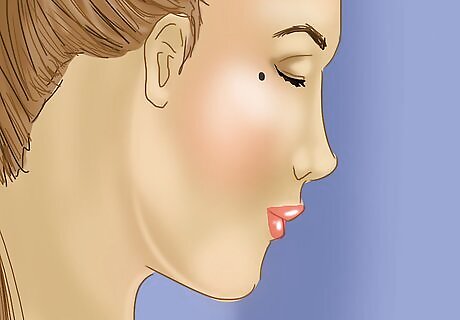
Decide if the procedure is right for you. Microdermabrasion is gentle, non-invasive, and proven to make skin look younger and smoother. It can be used to treat a dull complexion, uneven skin tone or texture, age spots, acne scars, sun-damaged skin and wrinkles, though it has limited effectiveness in combating serious acne or hyperpigmentation (patches of dark skin). You may not be a good candidate for microdermabrasion if you have: Active rosacea Fragile capillaries or vascular lesions (appearing as red splotches on the skin) Active acne Warts Eczema Dermatitis Open sores Psoriasis (patches of thick, scaly skin) Lupus Uncontrolled diabetes

Learn the costs. The average cost of a procedure in the United States is $143, but it may be as low as $15 – $40 in India and other Asian countries. Multiple sessions — usually between 5 and 16 — are required to achieve desired results. Many doctors offer financing plans to make the treatment more affordable for their patients.
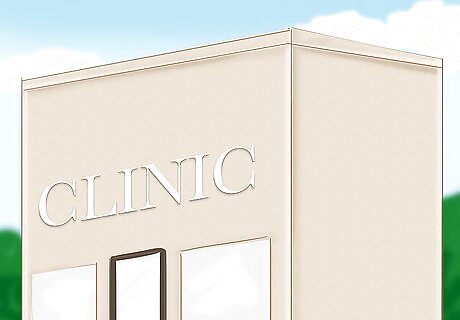
Decide where you will have the procedure performed. Microdermabrasion is performed by plastic surgeons and dermatologists, and also in spas and salons. Aestheticians at spas and salons may perform effective microdermabrasion, but these providers are unregulated, so you will minimize your risks by choosing a doctor. Doctors can examine your skin to be sure that microdermabrasion is safe for you. To pick a doctor: Talk to your friends. A referral is the best way to find a good clinic. Ask your physician for a recommendation. Read online reviews, but be careful. Reviews may be posted by clinic employees.

Schedule a consultation. You should have a consultation before scheduling your procedure to make sure you are comfortable with the facility, that microdermabrasion is safe for you, and to ask the doctor any questions you might have, such as: Are you certified by the American Board of Plastic Surgery or the American Board of Dermatology? How many treatments will be needed? What are the possible side effects? Is the procedure safe for me? Do you have any before-and-after photos? How much will it cost? Do you have payment plans?
Preparing for Your Appointment
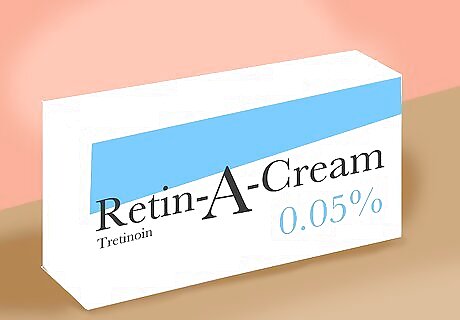
Talk to your doctor if you have taken tretinoin for acne in the past 6 months. Tretinoin (Atralin, Refissa, Tretin-X) is used to treat severe acne. Use results in an increased risk of scarring after microdermabrasion treatment. You will need to wait at least six months after your last usage before undergoing microdermabrasion.
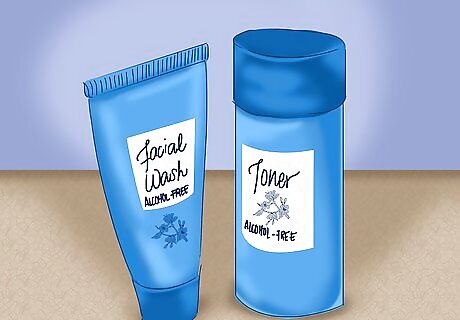
Using any topical solutions that your doctor recommends as part of your microdermabrasion treatment. Some physicians ask patients to use a special type of skincare product prior to microdermabrasion to ensure the surface of the dermis is in top condition at the time of the treatment. These solutions are often available through the doctor's office where the procedure is performed. If not, be sure to fill your prescription early so that you can start using the solution on time.
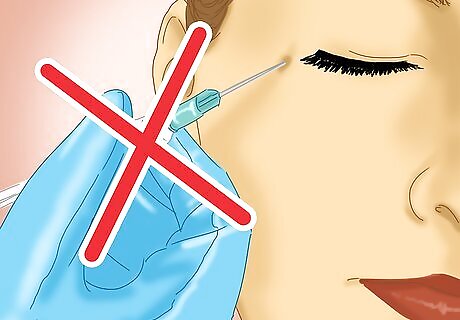
Avoid facial treatments in the week before your appointment. Because microdermabrasion works by peeling away a layer of skin, any treatments that leave your skin more sensitive can lead to discomfort or other complications. Be sure to discuss any treatments you may have recently had with your doctor. Treatments to avoid include: Facials Waxing Tweezing Electrolysis Laser treatments Injections of collagen or BOTOX Chemical peels

Stay out of the sun. Sun can damage your skin and make it more sensitive, so you’ll want to avoid sun exposure as much as possible, especially in the week before your treatment. Even when not preparing for microdermabrasion, you should always apply sunscreen when going outside for more than a few minutes, even on overcast days.
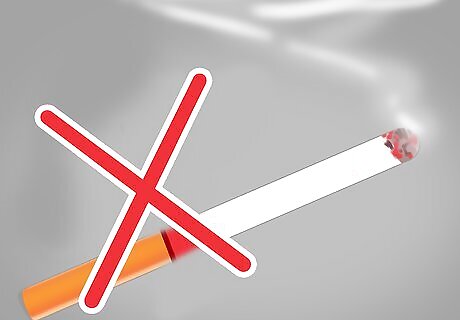
Kick the smoking habit as preparation for microdermabrasion. You want your skin as healthy as possible before the treatment, and cigarette smoke inhibits blood circulation in the skin. You’ll want to stop smoking for at least the week before your procedure, and for better, long-lasting results and healthy skin (not to mention a reduced risk of cancer), you should stop smoking altogether.
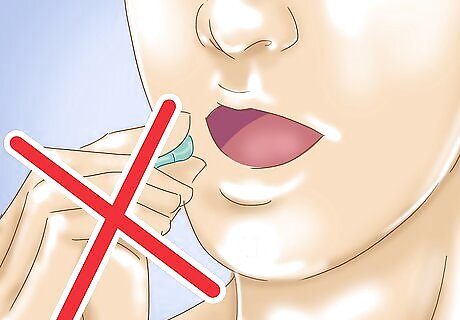
Stop taking NSAIDs at least one week before the procedure. If the drugs are over the counter, simply stop. If they are prescribed, consult your doctor first. These anti-inflammatories increase the risk of bleeding or facial rashes as a result of the procedure. NSAIDs (non-steroidal anti-inflammatories) include: Aspirin Ibuprofen (Motrin, Advil) Naproxen (Aleve) Celecoxib (Celebrex) Diclofenac (Cambia, Cataflam, Voltaren-XR, Zipsor, Zorvolex) Mefenamic acid (Ponstel) Indomethacin (Indocin) Oxaprozin (Daypro) And the following: aceclofenac, etodolac, etoricoxib, fenoprofen, flurbiprofen, ketoprofen, ketorolac, meclofenamate, meloxicam, nabumetone, piroxicam, sulindac, and tolmetin.
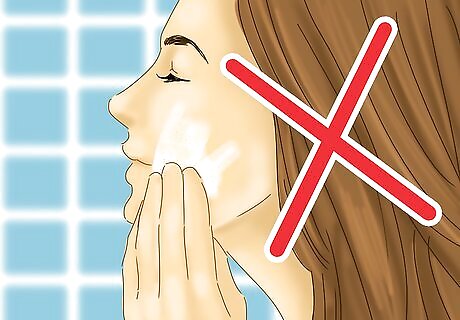
Discontinue use of exfoliating creams and topical acne medications three days prior to your appointment. Most topical medications use acids to peel away outer layers of skin. They will leave your skin more sensitive, leading to potential discomfort. Discuss any products you are using with your doctor before microdermabrasion. Do not use: Alpha hydroxy acid products containing glycolic or lactic acid Salicylic acid products Retinoids (Retin A, Renova, Differin, Tazorac) Benzoyl peroxide
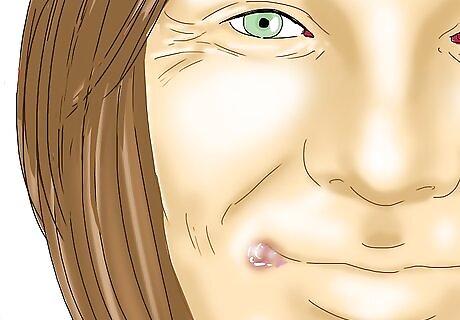
Talk to your doctor if you have a history of cold sores or fever blisters. Microdermabrasion can occasionally lead to a reoccurrence. To avoid this your doctor can prescribe antiviral medication to take before your treatment.
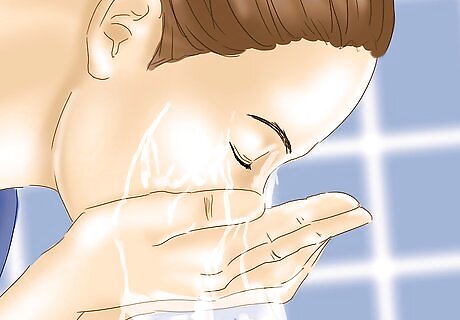
Clean your face before your appointment. Instead of soap, use a syndet bar (a cleaner that uses a synthetic detergent) or a lipid-free cleaner to clean your face and neck. These cleaners help to preserve moisture in your face much better than soap. Look for cleaners that contain glycerin, cetyl alcohol, stearyl alcohol, sodium laurel, or sulfate.
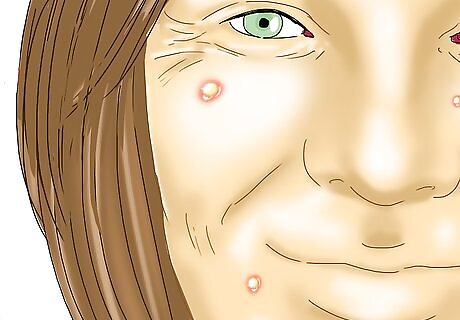
Reschedule your appointment in the event of a sudden breakout of acne, a boil or any other rash on the face the day before your treatment. To avoid possible adverse effects, you want your skin to be as healthy as possible going into the treatment.


















Comments
0 comment